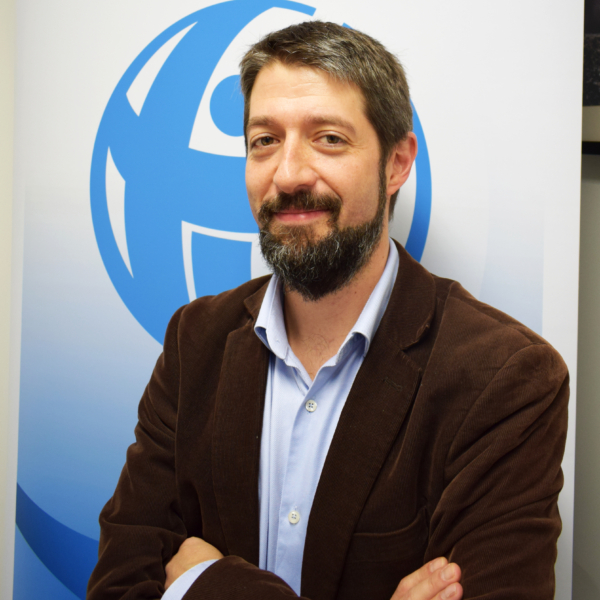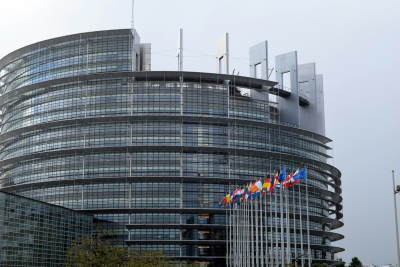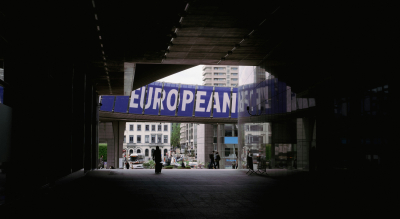Last week, OLAF, the European Anti-Fraud Office, published its 2015 Annual Report, highlighting developments and achievements in preventing and tackling fraud and corruption across the EU. The head of OLAF, Giovanni Kessler has said that OLAF has reached its “cruising altitude“ – the anti-corruption body is at capacity. Fortunately, Transparency International EU has developed a tool that will reduce the risk of corruption and thus contribute to reducing the burden on OLAF.
Source: The OLAF report 2015. Sixteenth report of the European Anti-Fraud Office, 1 January to 31 December 2015.
In 2015, OLAF:
- Received 1372 “items of information” indicating potential corruption and fraud;
- Opened 219 new investigations;
- Concluded 304 investigations, which is an all-time high;
- Issued 364 recommendations to the relevant EU and national authorities to recover €888 million of public money.
The OLAF report includes a breakdown of cases by Member State and by EU institution, which enables a look into where current activities concentrate. For example, in 2015, OLAF concluded 40 investigations within EU institutions. However, as previous research has outlined, there is still a need for closer monitoring and follow-up of the institutions.
Source: The OLAF report 2015. Sixteenth report of the European Anti-Fraud Office, 1 January to 31 December 2015.
The report, which also breaks down OLAF’s work by sector, shows that, as in previous years, a large portion of OLAF’s ongoing investigations are into structural funds. Of the €888.1 million recommended for financial recovery, €624 million is from structural and social funds. It is expected that only a quarter of this amount will actually be recovered.
Source: The OLAF report 2015. Sixteenth report of the European Anti-Fraud Office, 1 January to 31 December 2015.
Structural Funds are financial tools aimed at reducing wealth disparities between Europe’s regions through infrastructure and other projects. They are essential to the development and growth of some of the EU’s poorest communities. The size of these funds, coupled with the fact that they go to the poorest regions, means Structural Funds can be a target for corruption.
With so many avenues for corruption opportunities, it is clear that one way to fight the scale of the problem is to provide OLAF with more resources so that it can more effectively ‘fight the fire’. However, Transparency International believes that corruption should also be fought by putting effective provisions in place to stop it occurring in the first place.
For this reason, Transparency International is embarking on a large scale initiative across 11 EU countries. We will introduce Integrity Pacts, designed to help ensure clean contracts in the tenders of projects involving Structural Funds.
An Integrity Pact is an agreement between a contacting agency and bidder that they will ensure the project is run in an open, clean and transparent manner, with a a civil society organisation monitoring the project for irregularities and to ensure social accountability. Integrity Pacts can help stop fraud, corruption and mismanagement in public funds.
More preventative measures to reduce irregularities and lost funds in areas, such as Structural Funds, can help relieve the burden on investigative bodies, such as OLAF.
So, while OLAF’s immediate capacity issues could be solved by increasing resources, Transparency International is striving to achieve longer-term change by working to prevent the conditions that are conducive to corruption.








